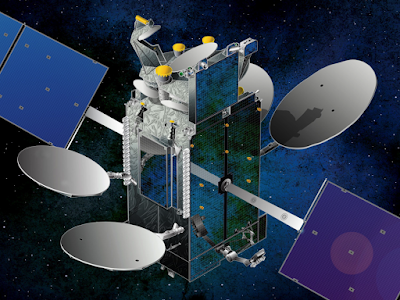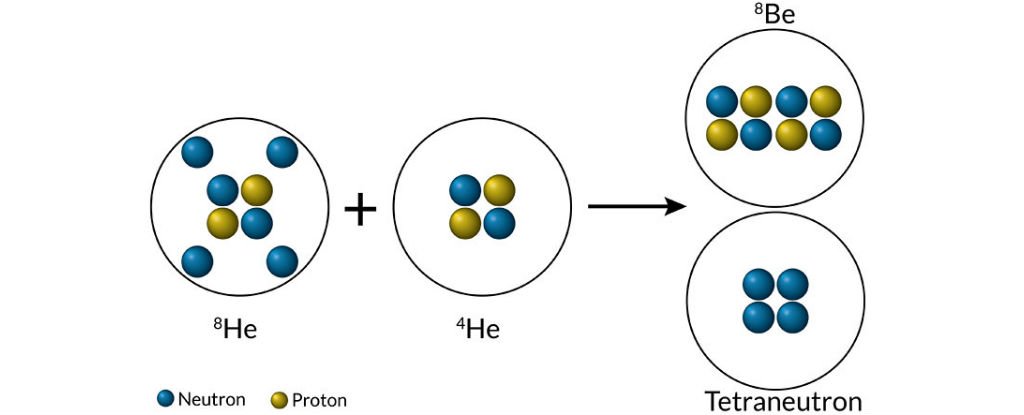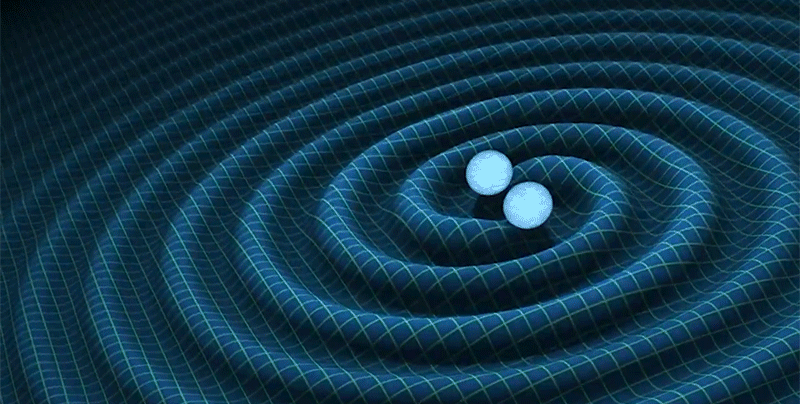Physicists say they’ve finally confirmed the existence of a 'four neutron-no proton' particle
Quote
Physicists have found the most convincing signs of a
tetraneutron - a four neutron-no proton particle - to date, adding weight to the possibility that the hypothetical particle really does exist. According to theory, this highly elusive particle cluster is impossible, because of how unstable lone neutrons are, but scientists in Japan say they’ve spotted its signature during recent experiments.
While the results need to be replicated independently before we can truly say the fabled tetraneutron exists, if other teams can confirm its existence, we’re going to have to make some serious changes to current understanding of nuclear forces. "It would be something of a sensation," nuclear theorist Peter Schuck from France's National Centre for Scientific Research, who wasn’t involved in the discovery,
told Science News.
Physicists have been searching for the tetraneutron for decades, and while
this 1965 paper concluded that no evidence could be found and "the existence of tetraneutrons is most unlikely",
four separate papers have since reported experimental observations of the particle.
Most recently, theoretical physicist Francisco-Miguel Marqués and his team at the Ganil accelerator in France used a new technique to observe the particle - by watching the disintegration of beryllium and lithium nuclei. In 2002, they were smashing beryllium-14 particles into carbon particles in an attempt to blow apart beryllium’s cluster of four neutrons.
As Esther Inglis-Arkell
explains over at Gizmodo, when they happened, they should have observed four little flashes, but instead, they got one big flash, signalling that these neutrons broke off in a cluster.
So why is the idea of four neutrons teaming up so impossible?
"Well, the Pauli exclusion principle specifies that particles in the same system cannot be in the same quantum state. As a consequence of this, even two neutrons shouldn't be able to stick together, let alone four,"
says Inglis-Arkell."However, four neutrons smashing at high speed into a carbon atom, and then reaching a detector at exactly the same place and exactly the same time is nearly as impossible as the idea that a basic tenet of physics needs to be modified."
Marqués’s team found similar evidence
in 2004, but no one’s been able to replicate their results, making true confirmation impossible… until now. A team from the University of Tokyo Graduate School of Science also worked with beryllium particles to produce what they’re calling tetraneutron states.
They did this by firing a beam of helium nuclei (which have two protons and six neutrons) at liquid helium (which has two protons and two neutrons), and when the particles collided, four neutrons went missing. Their conspicuous absence lasted around
1 billionth of a trillionth of a second before reappearing as particle decay.
We've just found a theoretical impossibility. Goddamn.









